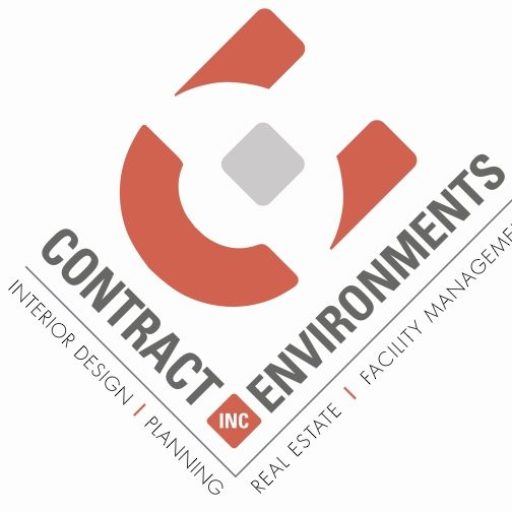Who is your Interior Designer?
When I introduce myself to new people, at social gatherings or in public places, I used to say “I’m an Interior Designer.” This would get me one of two responses, both of which, to my mind, misunderstand who I am and what I do everyday.
The first is “Oh, okay.” in a tone of voice that implies I’m not really working. Like the person I’m talking to is just a capable of doing my job or (worse) thinks he/she can do it better. This would usually require a long winded defense of my profession that the situation doesn’t provide time to get into. If given time, I can go on about how I am not only an expert in color and style, but building codes and regulation, the basics of plumbing, electrics, HVAC, construction and probably more than you EVER want to hear on ADA (Americans with Disabilities Act) and it’s effect on buildings. I can also pop off on a little diatribe on LEED and the USGBC, as I am a LEED Green Associate, but that is taking it way too far for the average wedding cocktail hour.
The second, is “OMG! You have to help me! I have no idea what color to paint my Kitchen/Bedroom/Laundry/Kid’s Tree House/Dog’s Special Hiding Place!” and that is almost as bad. It speaks of respect and gives me credit for the massive time and energy I’ve taken to learn my craft, but only in a HGTV sort of way. Outside of my own home I don’t work on residential projects. While they are buildings and still require similar creative process and skills, commercial and residential design are radically different. A Fire Inspector is not going to care what your home draperies are made of. In a hospital or other health institution, however, they care a LOT. There are standards of testing and codes guiding what kinds of textiles can be used in hotels, hospitals and other commercial buildings that a home are not subject to. So while I appreciate and agree with my new friend’s perspective, it again misunderstands a large portion of the research I do everyday and I’m again tempted to lead off on the same diatribe inspired by answer #1.
My new answer to the question: “So what do you do?” is: “I’m a Commercial Interior Designer.” This mouthful does not trip off the tongue as easily as its predecessor, but it is much more effective in provoking a thoughtful response. “You mean like offices?” “Yes,” I say, “Like offices and healthcare environments. My firm does a lot of work with assisted living communities for seniors, who want a homey feel, but require hospital performance.” I like the assisted living example because most people know that senior environments do require wheelchair accessibility without getting into talking about ADA, cleanliness without talking about antimicrobial properties of finishes, and good lighting without talking about electric planning. It gives a greater sense of the responsibility and accountability required without removing the residential-looking framework with which people usually view the profession.
My point is that the next rehearsal dinner you attend, if are seated next to a stranger who says they are an Interior Designer, then maybe your next question should be: “What kind of work do you do?” It gives them more room to avoid the stereotype that, I believe, guides both answers #1 and #2: That I do residential work and my highest ambition is to design Eva Longoria’s next condo in the Caribbean and have it featured in Architectural Digest. No offense to Conde Nast’s classic, but I don’t even read Architectural Digest. (For reference, I choose Contract, Greensource, or Interior Design if I have time to pick up a periodical) Your new friend will appreciate the interest and the courtesy offered by not assuming.
